
 Having a plan to protect trees BEFORE you start clearing your land is ESSENTIAL! By the time you’ve broken ground, it’s already too late. If your excavation and building team don’t know how to protect trees properly, then you can pretty much kiss any trees close to the construction site goodbye. Even worse, you can assume that any tree with a Critical Root Zone that has been damaged or compacted will die slowly, sometimes over the course of several years. Dropping heavy limbs as the tree’s health and stability fail. Putting your house at risk and creating an expensive and dangerous problem that could have been avoided. In this seventh post of the Regenerative Design series, I offer step-by-step instructions for developing a regenerative plan for protecting the trees on your property. Of course, saving the trees will only work if you also save the soil…which will be discussed in our next blog. What is the Critical Root Zone? The Critical Root Zone (CRZ) is the area around the base of the tree where the essential root mass must remain intact and healthy if the tree is to survive. The CRZ varies by tree species, age, location, and other growing conditions. This makes it difficult to determine exactly how much area around your tree needs to remain untouched if the tree is to survive. Techniques for calculating CRZ: 1. CRZ = Dripline
2. CRZ = 1.5ft x DBH
3. CRZ = What Your Arborist Tells You
The time to call the arborist is before equipment arrives, before someone without tree knowledge or training assures you they will work around the tree and keep it safe, that "It'll be fine!" Take it from the story “How a Tree is Killed.” It’s not fine at all.” What You NEED to Know About Roots A common misconception is that roots mirror the tree’s crown underground. This is false. And can lead to gross miscalculations of where critical roots can be found once excavation has begun. According to Colorado State University most tree roots are located in the top 6 to 24 inches of the soil and occupy an area two to four times the diameter of the tree crown. Roots grow where water, minerals, and oxygen are found in the soil. Because oxygen is usually located in the upper surface layer of soil, the largest concentration of feeder roots (the roots responsible for nourishing the tree) exist close to the surface. Even a shallow excavation or cut will inhibit the tree’s ability to nourish itself. The thick woody structural roots that hold the tree up are found close to the trunk and within the top 2-3 ft of the soil. Removal or damage to these structural roots can render the tree hazardous. What You NEED to Know about Mother Trees and the Mycorrhizal Network Trees are not solitary organisms. They live in community. Dr. Suzanne Simard discovered that trees are connected to one another underground through a mycorrhizal network. Mycorrhizae means “fungus-root” and is a symbiotic relationship between the roots of trees and fungi. Trees use the mycorrhizal network to send and receive chemical messages to one another. Dr. Simard coined the term Wood Wide Web to explain the communication between trees that is much like the Internet. Mother Trees are typically the oldest and tallest trees in a forest. They have the largest mycorrhizal networks with the most connections to other trees. Through the mycorrhizal network they share nutrients and vital survival techniques learned over the course of their long lives. Because of the interconnected nature of an ecosystem, all species of the forest rely on these intricate communications and exchanges between trees and the mycorrhizae. This means that when a Mother Tree is removed it has the most devastating impact on all species around it. Keep in mind that when excavating your property, you’re not only removing soil and plant life, you’re also disrupting the mycorrhizal network that all trees and species in an ecosystem depend on. Techniques for Protecting Trees Tree Protection Zones (TPZ) Tree Protection Zones (TPZ) are areas where construction activities are prohibited. They include the Critical Root Zone and/or beyond.
Tree Well Grade changes are common when excavating a site to build. However, trees do not survive significant grade changes without special consideration. Raising the soil level on top of the root structure is the most serious grade change. According to Fielder Tree Service, as little as 4 inches of soil placed over the root system can kill some species. Tree wells are constructed around the base of the tree to maintain the original grade while soil is used to fill in the outside of the well. In the event, a tree’s root system has already been buried, a well will need to be carefully and slowly dug around the base of the tree to return to the original grade so the tree can breathe again (as seen above).
Tree Island Tree islands are areas where the original grade has been maintained around the tree while the grade has decreased or been cut away around the “island.” Terrace A terrace can be used to maintain the original grade around the base of a tree while drastically changing the grade on a steep slope above and below the grade of the tree. Dry-Stack Dry-stacking is a method of constructing retaining walls without concrete products. Concrete (including blocks or pavers, not just mortar) lowers the pH of the surrounding soil. Mycorrhizal connections (mentioned above) begin to break down in soils with a pH of around 8. Portland cement, the most common type of cement in general use around the world, has a pH of around 13.5 and has a significant impact on the surrounding soil and mycorrhiza. Tunnel: Don’t Trench Trenching is a standard way in which utilities are delivered to a home. However, trenching in Critical Root Zones can sever the roots required to keep the tree stable and healthy. Tunneling through the soil at a depth greater than 18 inches, below the majority of the roots, will minimize damage. Best Management Practices for Tree Protection
Hire the Right Team Most excavation contractors are accustomed to clearing as large an area as possible. This makes it easy for equipment access, storage of materials, and space to store backfill. Saving trees is not the first thing on an excavator’s mind. Contractors cannot be expected to prioritize tree preservation unless explicitly told, educated, and asked to sign a contract. A Tree Protection Plan should be created by consulting with an arborist and should be included as part of the plan set. You will also need to have a conversation with the crew about how the land will be cleared. The fastest and cheapest method is with a bulldozer. However, this standard method is the most likely to damage root systems and remove the precious topsoil needed for a healthy yard. Clearing the land by hand with a chainsaw is more expensive and time-consuming, however it will protect the trees you intend to save. While the initial costs may appear high, preventing damage to trees is always cheaper and more effective than trying to mitigate damage afterward. Make sure you hire an excavator and a builder who understand your concerns and have experience successfully saving trees during home construction. Ask your builder to follow the steps offered in the Tree Protection Best Management Practices for Contractors and Builders. And be sure to communicate clearly to your home designer that tree preservation is important to you. Discuss your desires to save trees BEFORE any design concepts are drawn. Allow a Tree Preservation Plan to take root at the beginning of your home design process. Where There are Trees There is Soil Most of the damage to trees occurs from soil compaction. It’s not possible to talk about saving trees without discussing soil conservation. According to our arborist friend, Chardin Detrich of Preservation Arborists in Asheville, NC, “the first pass of large equipment does most of the compaction, so even one trip alone will damage the tree. The soil will eventually turn anaerobic, and most of the major fungal infections that kill trees in urban environments thrive in anaerobic conditions.” As stated in our last blog 5 Hidden Costs to Avoid When Clearing Your Lot for Home Construction, soil compaction leads to a myriad of expensive and devastating effects on your entire yard, not just your trees. Join us next time for a shift in perspective about soils. I explain what they are, what they aren’t, and why it’s imperative that you protect them on your property. I intend you and your yard enjoy the benefits of beauty and value that tree preservation will provide for years to come. Inspired by you, Jenny Pippin, CPBD, FAIBD, CGP
Pippin Home Designs
0 Comments
Leave a Reply. |
AuthorI am Jenny Pippin, founder of Pippin Home Designs and creator of my own inspired living. I grew up as an ordinary southern girl, working in the fields of my family’s tobacco farm. It didn’t take me long to realize I had greater gifts and so I chose to step into my power and create my own path in life, inspired by my heart’s true passion. (More on my personal story HERE!) Archives
February 2024
Categories
All
|
Copyright 2020. Pippin Home Designs. All rights reserved.
ARCHITECTURAL DESIGN COPYRIGHT NOTICE
1987-2024 Copyright. Jennifer B. Pippin FAIBD, CPBD. Pertaining to all home designs, drawings, and photographic imagery of completed designs
presented herein. No part of the contents of the design work presented on this website may be reproduced or transmitted in any form or
by any means, electronic or mechanical, for the purpose of replication or adaptation. This material is intended to provide accurate and
authoritative information about the design abilities and expertise of Jennifer B. Pippin FAIBD, CPBD and Pippin Home Designs.
ARCHITECTURAL DESIGN COPYRIGHT NOTICE
1987-2024 Copyright. Jennifer B. Pippin FAIBD, CPBD. Pertaining to all home designs, drawings, and photographic imagery of completed designs
presented herein. No part of the contents of the design work presented on this website may be reproduced or transmitted in any form or
by any means, electronic or mechanical, for the purpose of replication or adaptation. This material is intended to provide accurate and
authoritative information about the design abilities and expertise of Jennifer B. Pippin FAIBD, CPBD and Pippin Home Designs.

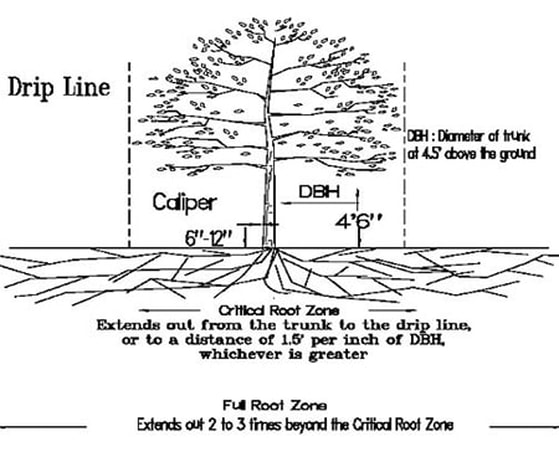

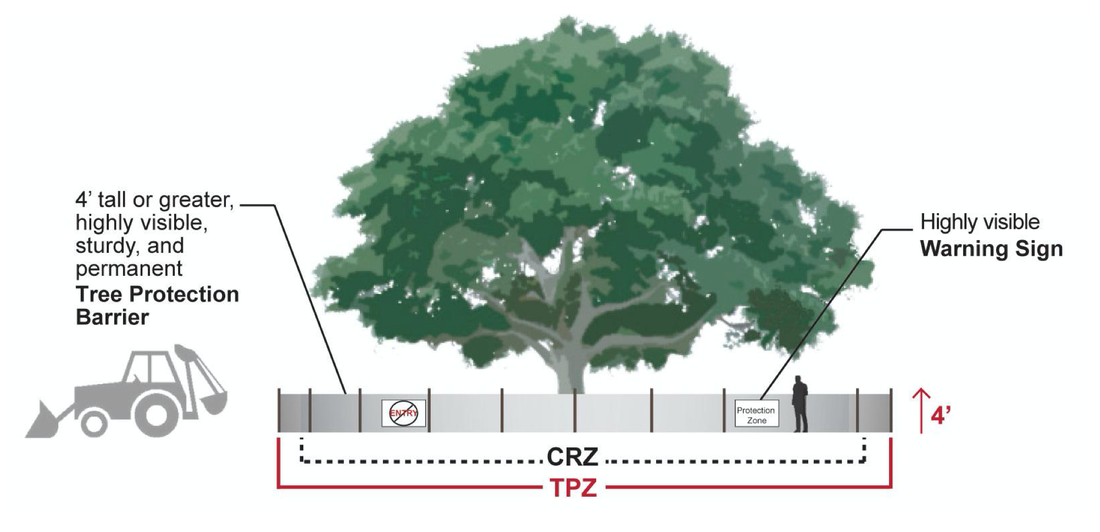
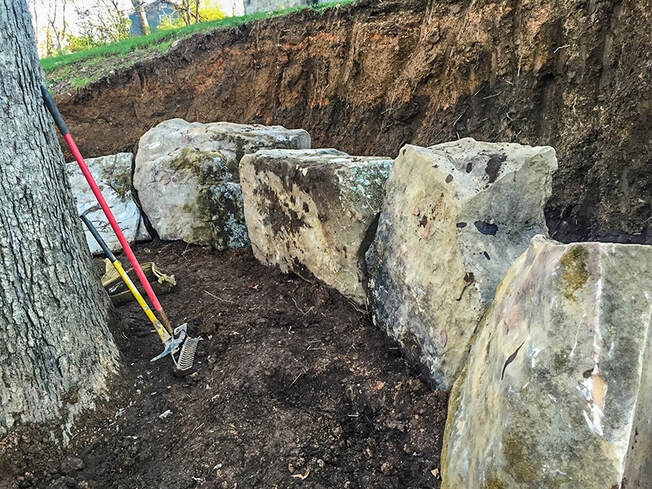
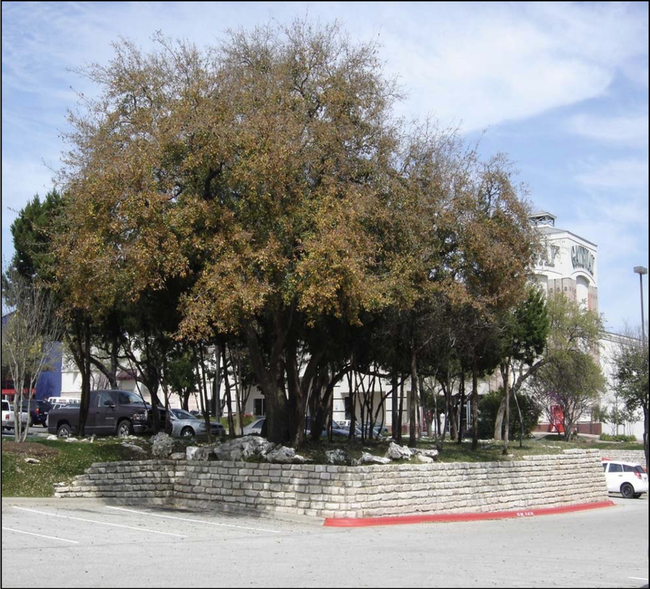
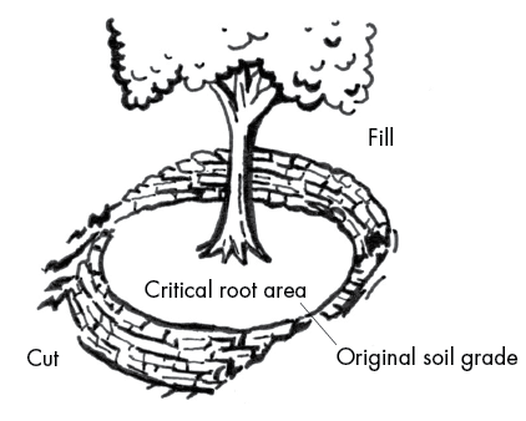
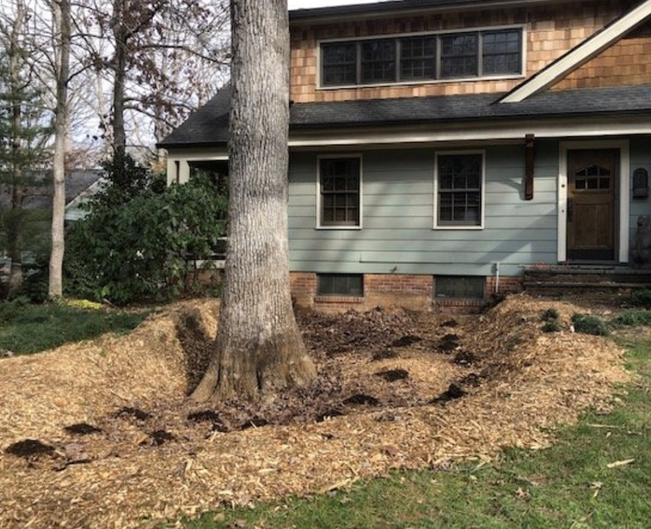
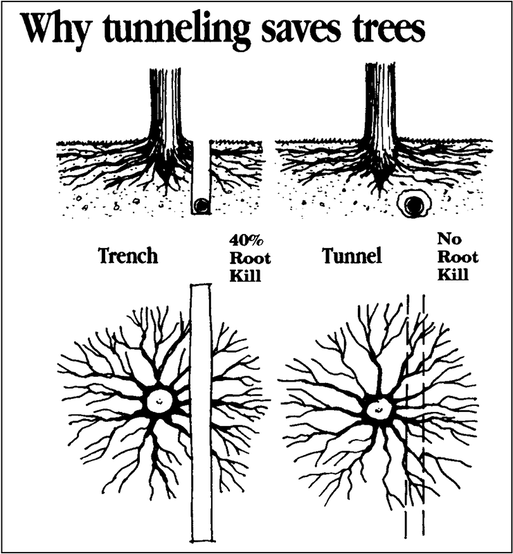
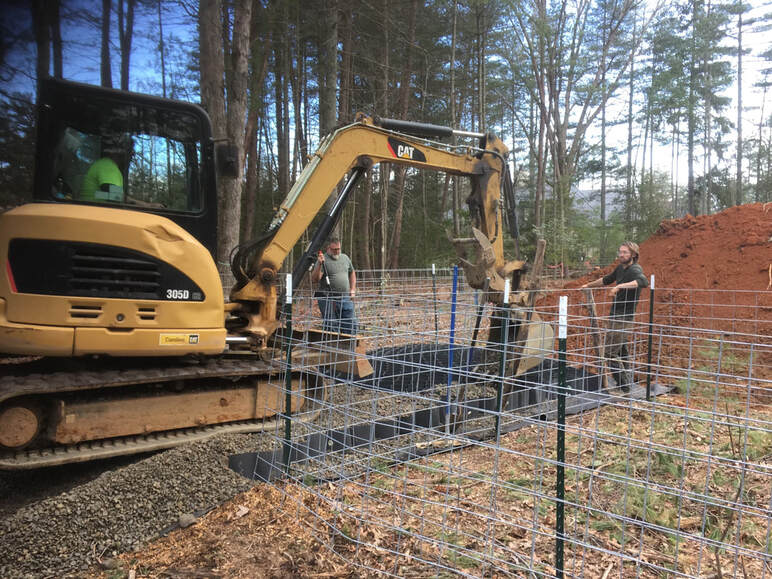

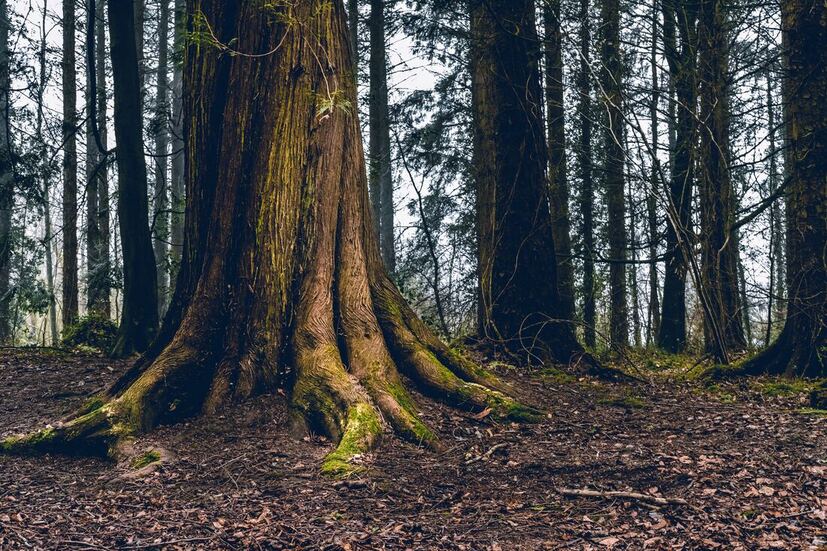

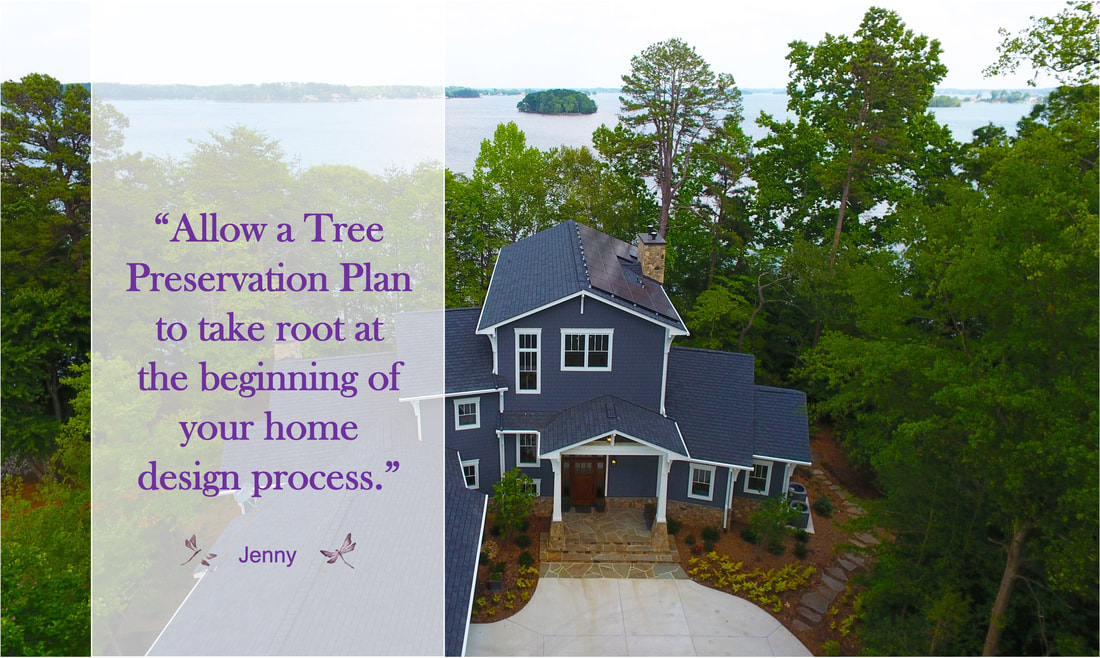

 RSS Feed
RSS Feed
